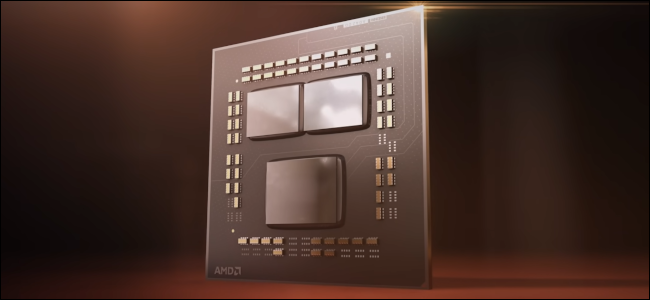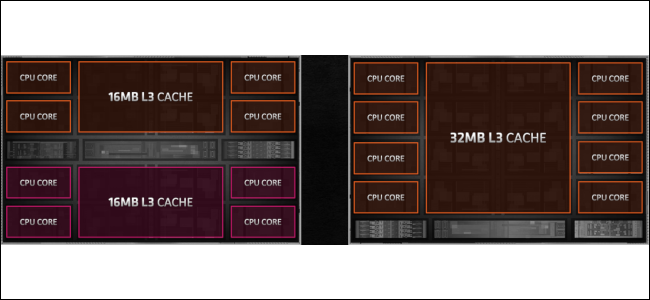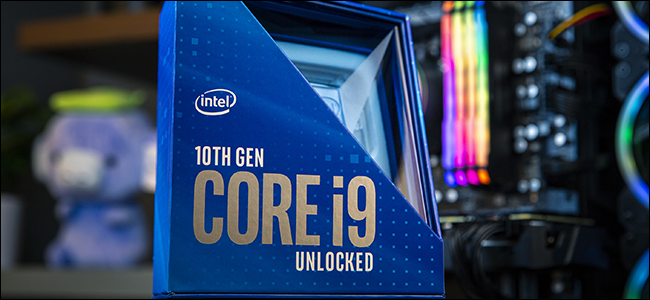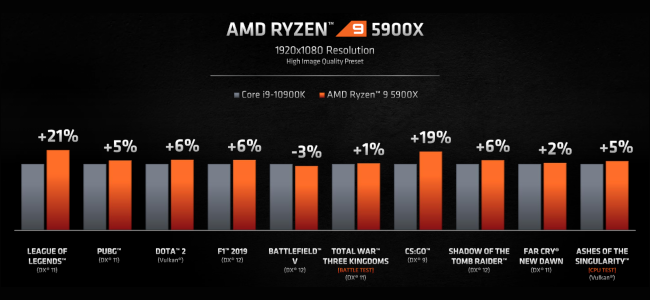Quick Links
Here we go again! AMD Zen CPUs already have a reputation as the best performers in multi-threaded and productivity application performance. Now, the chip manufacturer has its eye on Intel’s longtime dominance in PC gaming.
Consider Zen 3 Before Building That Gaming PC
AMD’s attack comes in the form of its new Zen 3 lineup, which starts shipping Nov. 5. It includes four well-priced processors that, according to the company, outperform Intel in gaming.
Does this mean you should purchase one on launch day? Definitely not, but it would be an excellent idea to delay building that new gaming PC until after the Zen 3 reviews start rolling out for several reasons we'll cover below.
AMD’s Zen 3
AMD announced the following four Zen 3 CPUs:
- Ryzen 5 5600X: 6 cores, 12 threads, 3.7-4.6 GHz ($299).
- Ryzen 7 5800X: 8 cores, 16 threads, 3.8-4.8 GHz ($449).
- Ryzen 9 5900X: 12 cores, 24 threads, 3.7-4.8 Ghz ($549).
- Ryzen 9 5950X: 16 cores, 32 threads, 3.4-4.9 GHz ($799).
There might be even more coming later. A Ryzen 5 5600 has been rumored, which wouldn’t be a surprise. There’s always been an "X-less" version in previous generations, including the Ryzen 5 1600, 2600, and 3600. Like their predecessors, Zen 3 processors do not have onboard graphics.
The new chips are on a 7 nm process node, just like Zen 2. There are typically three primary categories of CPU improvements:
- A change in architecture: Occasionally, the fundamental design of a processor has to be overhauled.
- Improvements or refinements: Tweaking the architecture to create a higher performing chip.
- Changing the process node: Improving the manufacturing process and shrinking transistors.
This time, we have an architecture change. AMD says Zen 3 provides a 19% "uplift" (increase) in instructions per cycle (IPC) compared to the previous generation. This helps improve performance, as the processor can deal with more instructions faster.
The upgrade to Zen 3 that's causing the most chatter, however, is the layout of the cores. AMD uses something called a "core complex" (CCX) in its Zen CPUs. A CCX is a small piece of silicon loaded with AMD’s Zen cores and onboard cache (memory). These CCXs can then be combined to make multi-core CPUs, along with a separate "chiplet" for input/output functions.
In Zen 2, the CCX had four cores with a 16 MB L3 cache. For Zen 3, the CCX has eight cores with 32 MB of L3. Doubling the number of cores helps them communicate with each other faster.
Meanwhile, a bigger cache pool for the cores means faster processing times, especially for gaming. Mark Papermaster, chief technology officer at AMD, explained during the company's presentation that games often use a "dominant" thread to process instructions. Because this thread now has access to a bigger cache, this helps it perform better.
AMD’s Gain Is Intel’s Headache
AMD CPUs are making great strides with the Zen lineup, but the company has always fallen short in gaming. That performance gap is sometimes large, as it was when the original Zen CPUs came out.
By Zen 2 and the 3000 series, the difference in gaming performance was looking tighter. Intel remains on top for gaming, however---its Comet Lake-S Core i9-10900K is the CPU to beat.
The problem is Intel’s innovations since 2015 have come from iterating and refining Skylake and its 14nm process from 2014. This has led to some solid gains and better CPUs, but not the kind of technological leaps new architecture (something other than Skylake or its descendants) or a new process node would bring.
Intel has struggled to get desktop CPUs down to a smaller process node that still maintains its standards for quality. Unlike AMD, Intel doesn’t use a chiplet design. Rather, it goes for a "monolithic" approach, meaning the CPU uses a single bit of silicon. This is much harder to pull off and offers lower yields (usable silicon) than AMD’s approach.
However, if AMD’s claims about Zen 3 are true, Intel has run out of time to figure out its manufacturing problems. To compete, it needs to move away from 14nm and Skylake, and it does appear the company is about to do just that.
Intel recently announced its new Rocket Lake-S desktop CPUs will be released during the first three months of 2021.
Rocket Lake-S is expected to be the first Intel desktop CPU in years that isn't based on Skylake, reportedly opting for the Willow Cove design, instead. However, it'll still be based on the 14nm process Intel has repeatedly refined.
Rocket Lake will have features we’re looking forward to, though. It brings PCIe 4.0 support to Intel desktops for the first time. We should also see an IPC improvement and rumor has it the boost clocks will remain at or above 5 GHz.
The question is whether Rocket Lake-S will be enough to beat AMD’s Zen 3, assuming the latter lives up to the hype. If Rocket Lake-S is enough, Intel will win back the gaming crown and AMD will try again with Zen 4 (currently in development).
However, Intel has another big card up its sleeve for 2021 called Alder Lake. These CPUs also use a new architecture and are expected to use a new 10 nm process node. These changes could result in performance improvements that put Intel in a comfortable lead. Or, they could turn out to be an overpriced waste of time.
Until these processors hit the market, we won't know. What’s important to keep in mind right now is Intel has a lot of desktop CPUs in the pipeline. So, while Intel might be down for a bit if AMD's claims hold up, it's certainly not out.




